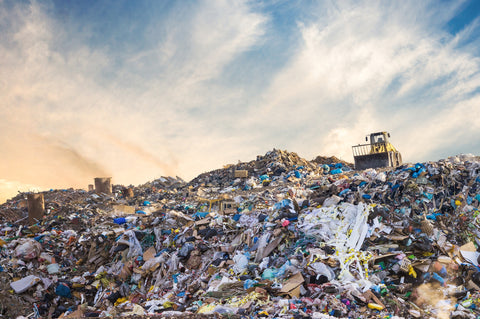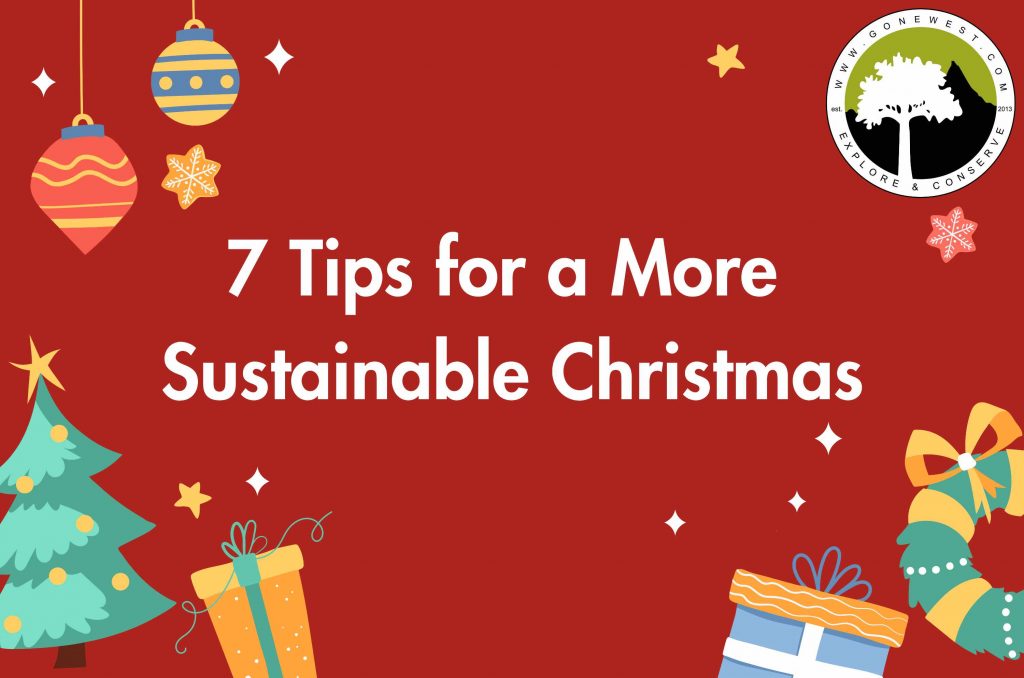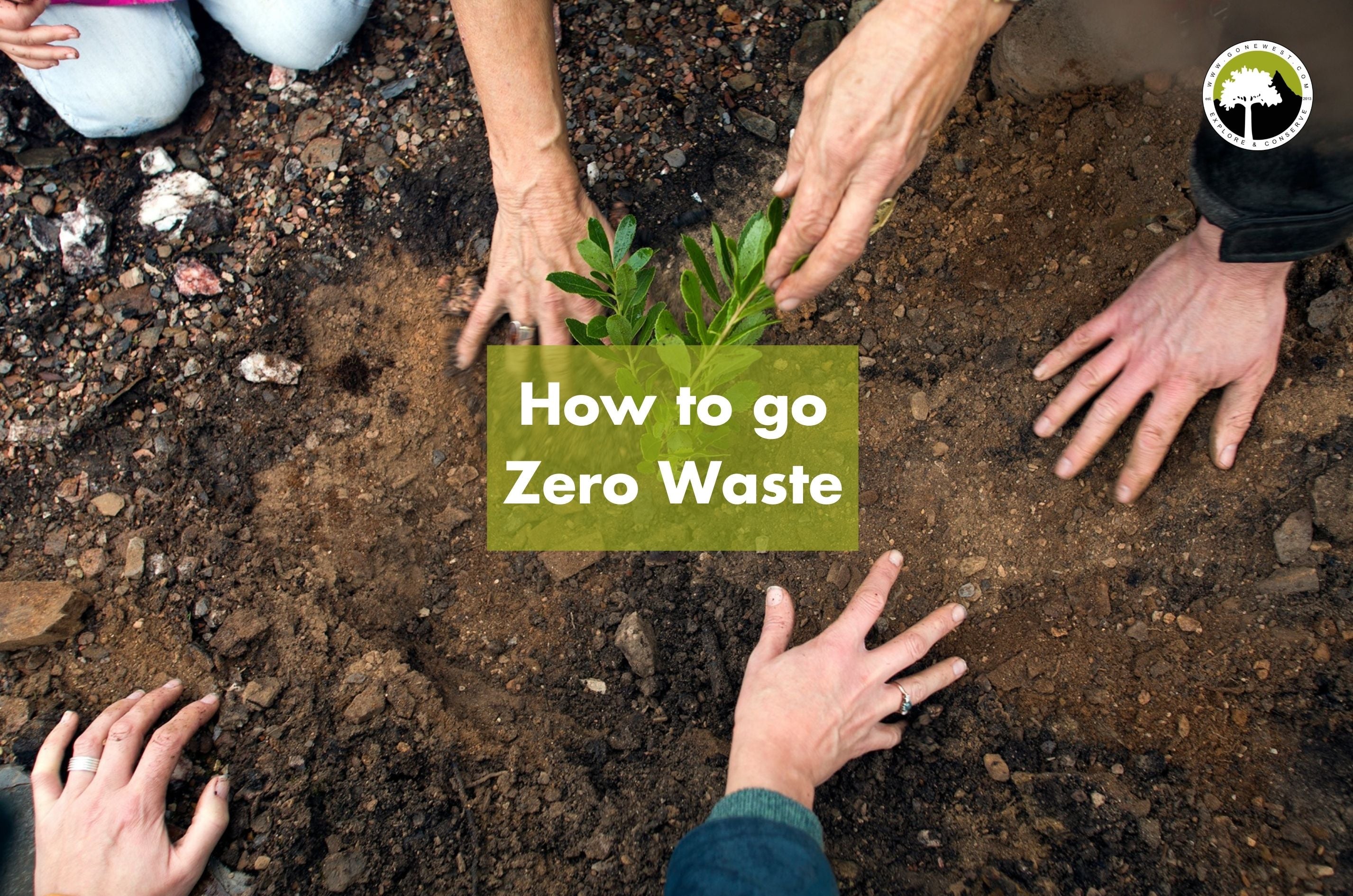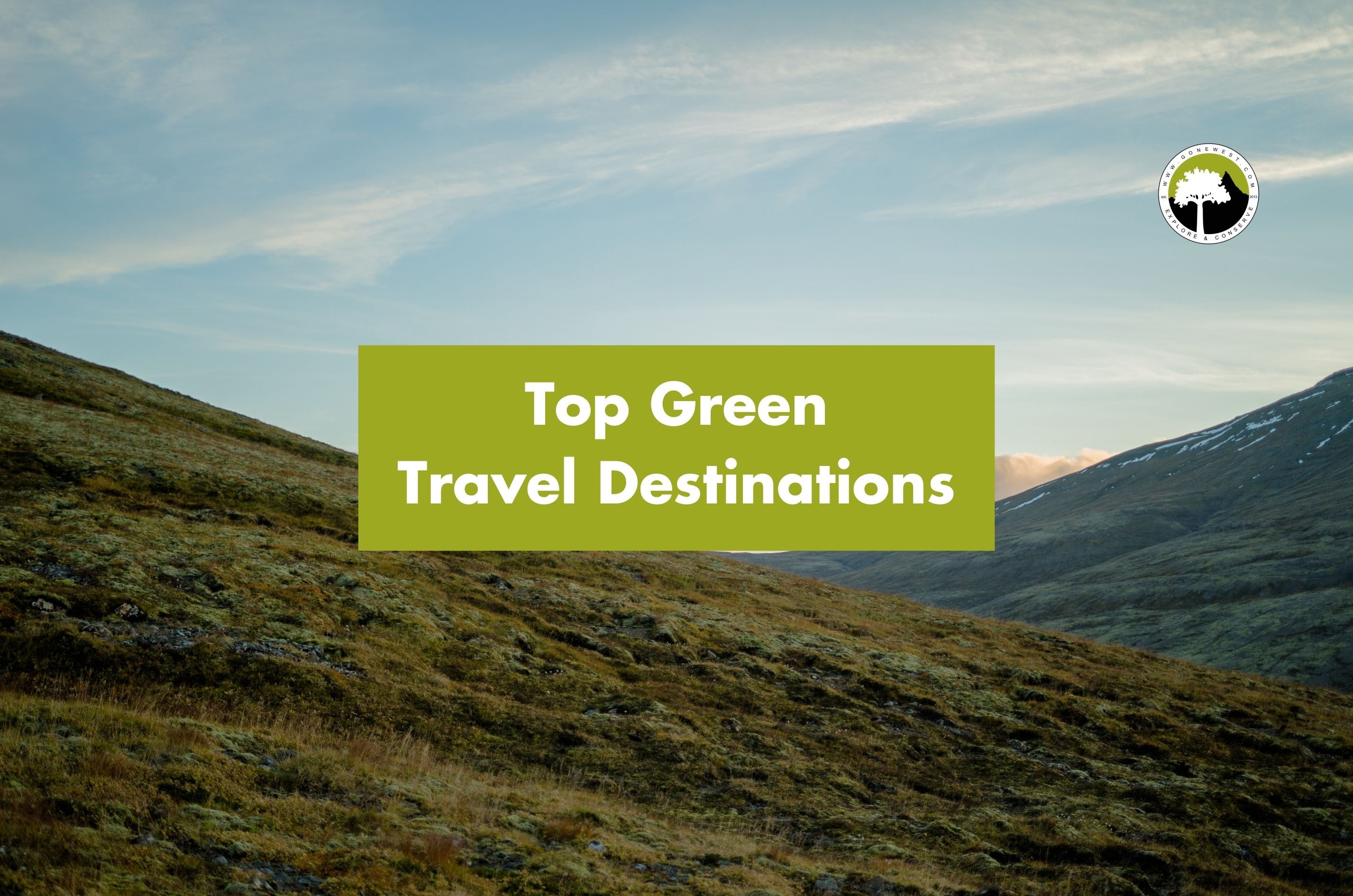The festive season is just around the corner and everyone has begun decorating their homes with Christmas trees and lights and ornaments. But have you ever thought about what impact you’re having on the planet?
Sure, the last thing you want to be thinking about in the lead up to Christmas is climate change, but unfortunately we don’t really have that luxury anymore.
After COP26, it is clear that the world leaders are not taking this seriously enough, so it’s down to us to make small changes to our lives. If everyone lived a little more green, we could collectively make a big enough change to save this planet.
We’re going to take a deep dive into everything to do with Christmas trees and compare all the options available to you to ensure you make the right choice this festive season!
‘Tis the season to be wasteful
It’s no secret that we’re all wasteful at Christmas. From wrapping paper to excess food to gifts encased in single use plastic, it’s no surprise that it is the holiday that generates the most amount of waste. In the UK alone, we waste around 80% more food than the rest of the year, with emissions equivalent to a single car driving around the world 6000 times. As well as that, we could entirely cover the whole island of Jersey with the wrapping paper we throw away. That doesn’t even include the gifts themselves either…
On average, an adult in the UK spends around £330 on Christmas gifts and collectively we spend around £700 million on unwanted gifts every year. £42 million worth of those gifts end up in a landfill.
The environmental impact of Christmas doesn’t stop there… Christmas lights in American homes collectively account for 6.63 billion kilowatt hours annually, which is actually more electricity than the entire country of Ethiopia uses in a year. In the UK, the average household spends an extra £50 on their energy bills.
But we’re not here to talk about food or fairy lights, we’re here to talk about trees.
We will be discussing all things Christmas in an upcoming blog. This will cover all the different ways to have the most sustainable Christmas. To make sure you don’t miss out, subscribe to our newsletter and follow us on Instagram to keep up to date with all of the latest blogs.
Credit: Forge Recycling
How Christmas trees impact the planet
Whether your tree is real or artificial, it leaves a mark on the planet. Every year, 120 million trees are cut down just to decorate houses. The culling of these trees is devastating for the climate and the ecosystems surrounding them. The UK cuts down around 8 million christmas trees, while the US cuts down a whopping 40 million, with each tree producing around 16kg of CO2.
There are many ways that this affects the planet. The event leads to a huge amount of deforestation which then leads to an increase in CO2 in the atmosphere. This is because trees absorb the CO2 from the atmosphere, so the less trees there are means more carbon dioxide. As well as that, trees actually release carbon when they are cut down, further contributing to greenhouse gas emissions.
Plastic trees aren’t much better. They aren’t recyclable and their production creates around 40kg of CO2. Really, the best option is to bypass having a christmas tree, but we know that it’s a big part of christmas. So, which is better?
Want to know more about how important trees are for the planet? Check out our Amazon Rainforest Day blog for an in depth discussion on the importance of trees!
Real Trees
You may think that using real trees is better for the planet because they are naturally sourced and don’t need to be produced using chemicals and fossil fuels, but that’s not necessarily the case. We’ve made a list of pros and cons to highlight the true effect that these trees have on the world.
Credit: Country Living
Pros
There are many reasons why real trees are better than plastic trees, here are a few of those reasons:
- Lower carbon footprint
Real trees generally have a lower carbon footprint per tree. They are grown from scratch, so the process of making them does not require chemicals or fossil fuels. As well as that, if they are locally sourced, the travel emissions are minimal.
- They help the planet when they are growing
They’re real trees! While they are growing, the trees can absorb carbon and can provide shelter for local species. They are less efficient in absorbing CO2 than other trees though because they are young. Trees aren’t fully efficient until they reach adulthood.
- They can be reused/repurposed once the Christmas period is over
Christmas trees can be used for timber once they no longer serve a purpose in your home. If you reuse the wood or donate it to someone who can use it, then there is little to no waste, making it a relatively eco-friendly option. The UK councils actually offer Christmas tree collections, where they reuse or dispose of them in the best way.
Cons
Though there are big positives to using real trees, there are also significant downsides too:
- Deforestation
As we mentioned earlier, any time a lot of trees are cut down it results in deforestation. This is detrimental to our climate and can potentially have a huge negative impact on our planet.
- Exploitation of land
Christmas trees are grown on farms. A lot of farms are made from land that previously had other plant and animal species living there that had to be removed. Anytime there is only one type of species growing on some land, it depletes the nutrients in the soil and takes away any biodiversity. This destroys ecosystems and can make it very difficult to reintroduce native species.
- They are a yearly purchase
Unlike plastic trees, real trees will not last more than one Christmas. Meaning that, even though the carbon emissions of each tree is smaller than that of a plastic tree, it is a yearly occurrence. So, unless you are buying a new plastic tree every year, real trees may actually have a bigger overall carbon footprint.
- Improper disposal can lead to more greenhouse gas emissions
If thrown away at a landfill, real trees will rot and release methane and CO2 into the atmosphere. This further contributes to global warming.
Plastic trees
Taken at face value, plastic trees seem to be worse for the planet, but is that actually the case?
Credit: American Christmas Tree Association
Pros
Even though plastic trees are manufactured, there are still positives to choosing them over real trees:
- They can last a long time
If taken care of properly and are made of high quality materials, plastic trees can potentially last a lifetime. This means that the long term carbon footprint is actually much smaller than that of a real tree.
- They don’t use land that can be used for other things
Because they are manufactured, plastic trees don’t really require much land (except from the factory that produces them). This means that natural habitats and ecosystems can be left undisturbed.
- They don’t consume water
Real trees need water to grow and to also keep them from dying when they’re in your home. The water needed to keep real trees alive could be used for other, more important things like food. So, buying a plastic tree eliminates that need.
Cons
Plastic trees are manufactured, so there are always going to be cons to buying them:
- They use chemicals and fossil fuels when manufactured
Made from steel, polyester, PVC and latex, fake trees are full of unnatural products that require many different machines to piece it together. The machines require fuel to be powered, and unfortunately most factories still run on fossil fuels.
- They aren’t recyclable
The unfortunate thing about fake trees is that they aren’t at all recyclable. Once they break, they have to go to the landfill. This is obviously awful for the planet because this waste cannot be broken down and imposes on the ecosystems around the landfills.
- They are generally manufactured abroad
Most fake trees are manufactured abroad because it is cheaper to do so. Therefore emission released from transportation further contributes to greenhouse gases and thus climate change.
So, which tree is more eco-friendly?
Both types of trees have their pros and cons, but ultimately it depends on what kind of tree you get and how you dispose of it. If you can find a real tree from a local Christmas tree farm that isn’t exploiting natural land, then they will always be the better option – especially if you reuse or recycle them when you’re done. But if that isn’t available to you, then investing in a good quality plastic tree might be the way to go. As long as you keep it for as long as possible.
Still worried about the effect your Christmas tree is having on the planet? Why not offset your carbon emissions with us? Simply visit this page for more information.
Ultimately, the choice is yours. All you have to do is be mindful of what you’re buying and what you’re consuming this Christmas. If we all think a little longer and do a little more research on the things we are buying, we could make a real difference.
That’s all for now. I hope you have enjoyed reading our blog. Join the sustainable revolution to help save our natural world and our future by following us on Instagram and by subscribing to our monthly newsletter for updates.
Stay in the loop
Subscribe to our newsletter.
Everyone loves to get away, especially after two long years of a global pandemic. From city breaks to countryside getaways, we’re all itching to get out and about and [...]
June 23, 2022
Zero-waste living has been on the rise for quite a fews years. The movement started gaining traction when the public were made more aware of the severity of the [...]
May 15, 2022
As the world is getting back to normal and we’re beginning to travel more freely without restrictions, it’s a good time to start thinking more eco-consciously when planning your [...]
April 30, 2022
We’re sure that you, like us and many other people, are entirely burned out by bad news. Whether it’s bad news about politics, the economy, or the environment, we’ve [...]
April 14, 2022
We’re a few weeks into the Winter Olympics, with people from all over the world participating, attending, and tuning in. The event is all about celebrating people and their [...]
February 17, 2022










